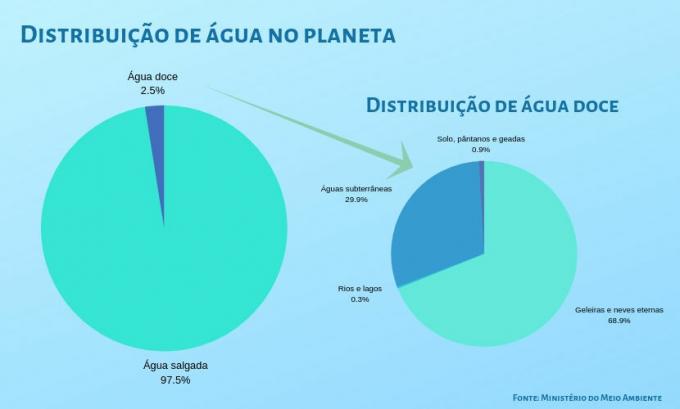Many people are in doubt about the famous carnivorous plants. In some movies, they appear large, being able to feed on even one person. But, is this true? Next, we'll learn more about these living beings.
First we must know that carnivorous plants, like all plants, performphotosynthesis, that is, they are able to produce their own food. What makes them different from others is that they are able to extract nutrients from other living beings as a form of complementation.
Plants take nutrients from other living beings because they are normally found in very poorly nutritious soils, mainly in nitrates and phosphates. Therefore, the nutrients that should be obtained through source they are not acquired, so the plants look for another way to get them.

Notice how the Dionea capture your prey
To attract prey, carnivorous plants use some strategies, such as strong odors and vibrant colors. However, just attracting animals is not enough to guarantee capture. They have perfectly modified leaves that work as real traps.
It is estimated that there are about 600 different species of carnivorous plants scattered all over the world, with the most different forms of trap. Some plants have leaves that close slowly when feeling the presence of an animal, such as the Dionea. Others, like the Nepenthes, have modified jar-shaped leaves that are filled with a sticky substance that prevents the prey from coming out. THE Sundew, in turn, it presents several trichomes (hair) with a substance that literally glues the prey together.
A carnivorous plant was recently discovered with a peculiar characteristic: it has sticky leaves, located below the ground, which capture and digest worms. This species is called Philcoxia minensis and is found in the Brazilian Cerrado.
Usually carnivorous plants have a reduced size, averaging 15 centimeters. Some, however, can reach more than a meter. Because they are mostly small, they generally capture insects, often being called insectivores. Larger plants, such as Nepenthes, can capture larger animals, however, they are not able to capture a person, as we see in movies.

THE Nepenthes has large modified leaves that resemble a vase
Curiosity: Some fossilsof carnivorous plants date back more than 60 million years.
By Ma. Vanessa dos Santos



